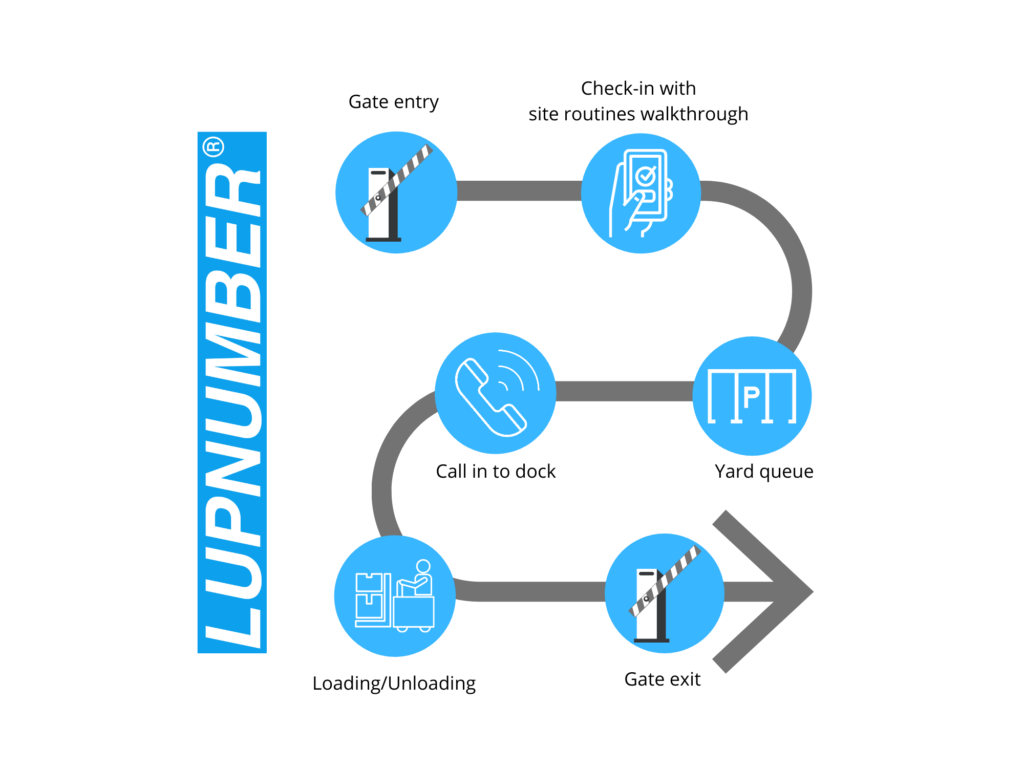In February this year, Fourkites released an industry report on the state of yard management and in it they present data on the fact that despite 92% of organisations believing that yard management systems (YMS) could add value to their organisation, only 25% currently use a YMS. This gap is driven by organisations prioritizing investments in transportation management systems (TMS) and warehouse management systems (WMS) and deficiencies in many legacy YMS solutions. And being stuck with legacy YMS is a big issue in 2021.
As innovations such as IoT devices, sensors and autonomous vehicles are increasingly entering the yard, having solutions that do not support integrations, analytic, predictive or automated capabilities is problematic. With a new generation of YMS, including our own LUPNUMBER®, that enable integrations with new innovations and TMS/WMS a real-time full picture of operations can be achieved.

We underline the importance of investing in TMS and WMS solutions, but stress that if choosing to sideline investments in YMS, companies need to accept manual process inefficiencies in the yard that drive labor and operational costs. Some of these are made visible in the Fourkites survey:
- When it comes to both yard and appointment management, the majority of respondents claim manual processes as their biggest challenge (55% and 52%, respectively).
- 46% of respondents said manual processes were their biggest pain point, while 21% listed locating equipment as their biggest pain point.
- 22% of respondents manage their gate processes on paper, while only 5% have taken steps to automate these processes.
- 21% claim poor dock door utilization, 18% claim silos between appointment management and TMS/WMS.
- 27% of respondents do not maintain any kind of yard or appointment performance metrics.
When building improved capability within supply chain and logistics in general (be it WMS, TMS or YMS), an important consideration is to choose a solution that is offered on a software-as-a-service (SaaS) platform and operates in the cloud, as opposed to local servers on the site premises. The rationale for this is that a SaaS-solution will typically pull data from various sources, combine and analyze it, all while often being built on a modular approach. The latter is a true benefit for small and medium-sized (SME) companies as they can cherry-pick functionality that is relevant for them rather than having to pay for a full-package that they don’t need, which often results in SMEs being priced out.
As we at Lup Technologies operate in the midst of the increasing TMS and YMS adoption, this quote from the Chairman and CEO of the logistics giant XPO Logistics echoes with us:
“The business of transportation and logistics, in general is about data. […] This is about data collection, analysis of data, and then applying that information to route your assets in the most effective way.”
